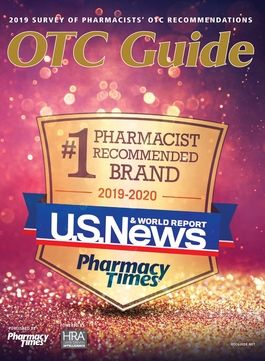Publication
Article
OTC Guide
Case Study: Allergies During Pregnancy
The best and safest solutions to allergies during pregnancy
Case Study: Allergies During Pregnancy
Q: RM, a 31-year-old woman, is looking for something for her seasonal allergies. She complains of congestion, a dry cough, and itchy eyes. RM says this occurs every spring, and she usually treats it with fexofenadine, which she takes the entire spring and summer. She has never formally received a diagnosis of allergies, but because the medication helps her, she continues to use it. RM recently found out she is 12 weeks pregnant. She wants to make sure that fexofenadine is safe for the baby, and if it is not, she would like something else to relieve her symptoms. RM wants OTC medication because she has no prescription insurance. She is healthy and has no other medical conditions. What recommendations do you have?
A: Because RM is pregnant, she should be referred to her physician for a formal diagnosis of allergic rhinitis. Intranasal cromolyn can be considered in patients who are pregnant and can be considered safe as a first-line option.1 In addition, results from studies show no significant risk of fetal malformations with first-generation antihistamines, such as chlorpheniramine and diphenhydramine. The second-generation antihistamines are primarily pregnancy category B and include cetirizine, fexofenadine, levocetirizine, and loratadine. They also do not appear to increase overall fetal risk. It is important to tell RM about allergen avoidance. Because she complains of allergies to pollen, she should avoid it if possible and stay indoors to limit her exposure. In addition, RM can keep her windows closed and use air-conditioning when needed. She can also try washing her face after being outdoors to wipe off any allergens that may be on her. RM can discuss which medication is best with her physician. However, any OTC antihistamine would be considered safe.
References
Servey J, Chang J. Over-the-counter medications in pregnancy [erratum in Am Fam Physician. 2015;92(5):332]. Am Fam Physician. 2014;90(8):548-555.
Newsletter
Stay informed on drug updates, treatment guidelines, and pharmacy practice trends—subscribe to Pharmacy Times for weekly clinical insights.







